THE ORIGINS OF HALLOWEEN
The ancient Celtic harvest festival Samhain dates back nearly 2000 years. After the Roman conquest, Samhain became enriched by the Roman festivals of Feralia [commemorating deceased ancestors], Pomona [celebrating the Roman goddess of fruit trees, gardens, and orchards], and Lemuria [exorcising malevolent ghosts of the dead and evil spirits -- lemurs -- from their homes]. This festival is recognized as the origin of our modern Halloween.
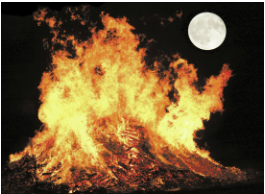
Samhain (pronounced "sow-in" or "sah-van") is Irish-Gaelic for "the summer's end" and represented the death of Lugh, the summer sun god. It was the third day of a Druid festival and began at dusk on October 31, marking the change of the seasons and the beginning of the Celtic new year.
In the Middle Ages, after Christianity had taken hold, the festival was renamed All Saints Day and All Souls Day when Pope Gregory IV confirmed celebration of All Saints Day on November 1 and All Souls Day on November 2, coinciding with the festival of Samhain.
LET THERE BE LIGHT
One of the practices of the ancient Celtic festival was casting the bones of slaughtered cattle into a large bonfire. Samhain, as the point in the year ushering in the "dark season", was believed to be the that night opened a portal to the Otherworld, allowing the dead to return to where they had lived and letting spirits roam the earth. Part of the ceremony of Samhain was providing hospitality for the dead ancestors.
The period after the fall of Rome was also a period of supernatural intensity, when the forces of darkness were thought to be abroad, To combat the threat, ancient Celts often held raging bonfires – fire being a common way to ward off evil spirits. The practice continued throughout the region even after Christianity took hold in the Middle Ages.
WHAT DOES THIS HAVE TO DO WITH PUMPKINS
and JACK O' LANTERNS?
There is a connection, I promise.
In the Middle Ages, the festival remained, but the bonfires got smaller and smaller until they were replaced by symbolic lights. Turnips, gourds, and other vegetables which were plentiful and inexpensive, were hollowed out and pierced to allow the light of hot embers to shine through. They were like lanterns but still were intended to ward off evil spirits.
The practice of carving the gourds grew in Europe, and scary faces that were carved in the vegetables began to look like the evil spirits they were supposed to scare away.
STINGY JACK
One of the myths the Irish brought to America was the one about a man nicknamed "Stingy Jack."
The story tells us that Stingy Jack invited the Devil to have a drink with him, then didn't want to pay for the drinks. So he persuaded the Devil to take the form of a coin Jack could use to buy their drinks. When the Devil turned himself into a coin, Jack decided to keep the money and put it in his pocket where he kept a silver cross, which supposedly kept the Devil from turning back into his original form.
Finally, Jack bargained with the Devil and agreed to free him on the condition he wouldn't bother Jack for one year and that, should Jack die, the Devil wouldn't claim his soul. And so he released the Devil.
After a year, the Devil came around again. This time, Jack coerced him into climbing a tree to pick a piece of fruit. While the Devil was in the tree, Jack carved the sign of the cross into the tree's bark, preventing the Devil from coming down. Jack agreed to let him down if the Devil didn't bother him for ten years. It was agreed, and the Devil came down.
Unfortunately, not long after, Jack died, but God would not allow such an unsavory figure into heaven. The Devil, upset by the tricks Jack had played on him, kept his word not to claim Jack's soul, and as a result, Jack wasn't allowed to go to hell either.
Instead, the Devil sent him into the dark with only a burning coal to light his way. Jack put the coal into a carved-out turnip and has roamed the Earth with it ever since. The Irish began to refer to this ghostly figure as “Jack of the Lantern,” and then, simply “Jack O’Lantern.”
Reworded slightly from History of the Jack 0' Lantern. http://www.history.com/topics/halloween/jack-olantern-history]
THE FINE ART OF PUMPKINRY
But we are not finished. Americans may have inherited the art of pumpkin carving but we have taken it to new heights with our imagination and spirit of adventure.
and are going to read anyway.
●Pumpkins are native to the western hemisphere.
●Pumpkins are not a vegetable - they are a fruit! Pumpkins, like gourds, and other varieties of squash are all members of the Cucurbitacae family, which also includes cucumbers, gherkins, and melons.http://www.pumpkincarving101.com/pumpkin_carving_history.html
●The United States' major pumpkin states produce over one billion pounds of the vegetable annually, worth over $100 million. Illinois produces more pumpkins than any other American state.
●The largest pumpkin on record is a 1,725 pound behemoth grown in Ohio.
HAPPY HALLOWEEN!
Resources
http://www.history.com/topics/halloween/jack-olantern-history
http://www.pumpkincarving101.com/pumpkin_carving_history.html
http://www.motherearthliving.com/natural-health/history-of-carving-pumpkins
http://www.pumpkinnook.com/facts.htm
http://www.livescience.com/5831-carve-pumpkins-turnips.html
□
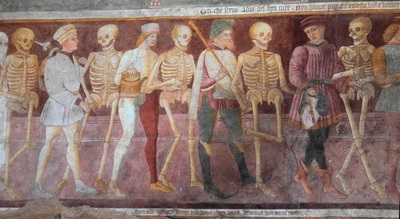
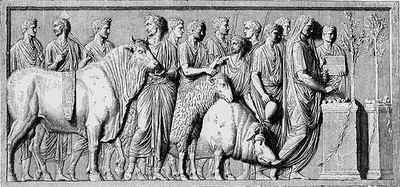
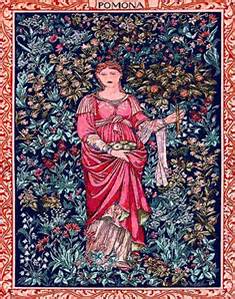
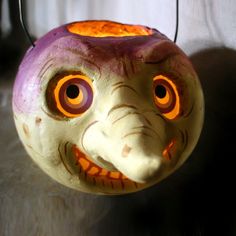

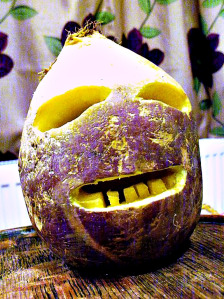



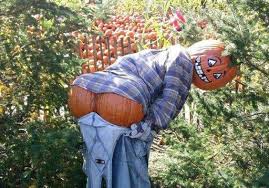





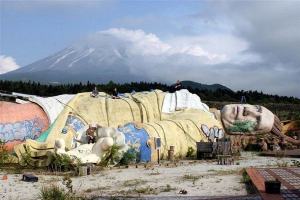

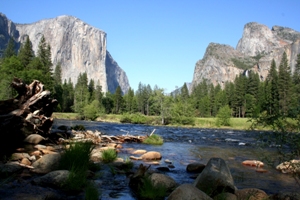

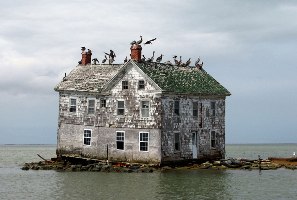
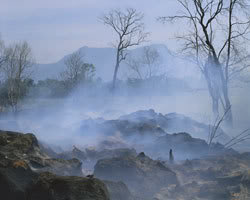

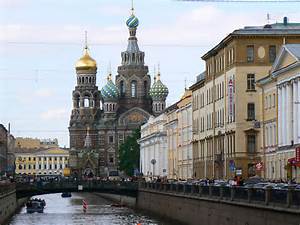
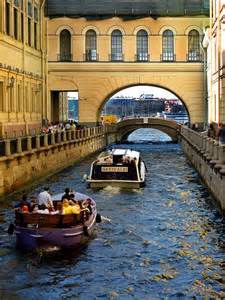
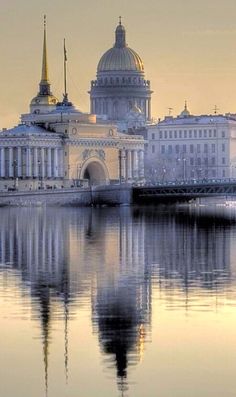
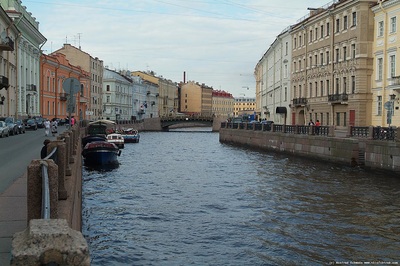
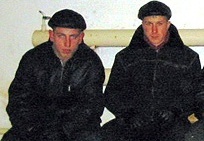
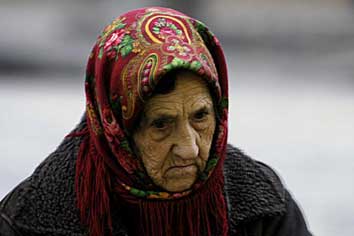
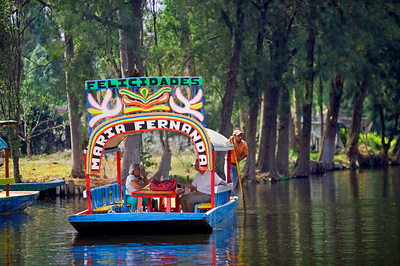
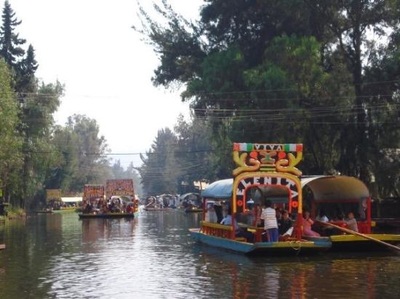
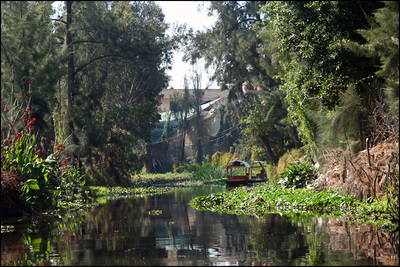
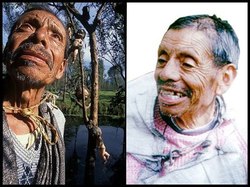
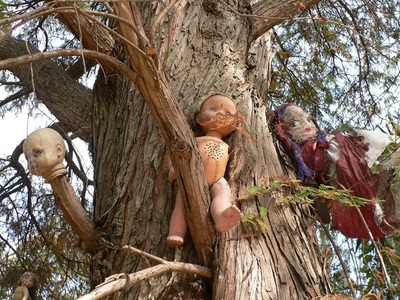
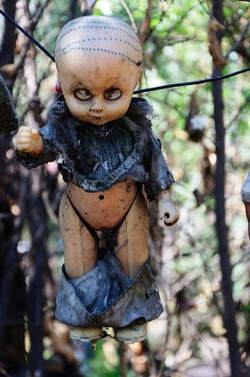
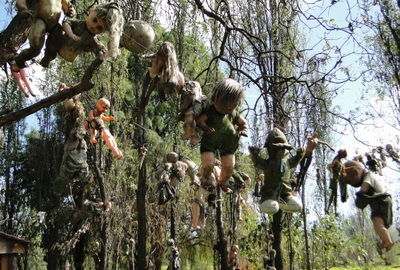
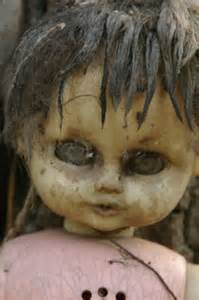
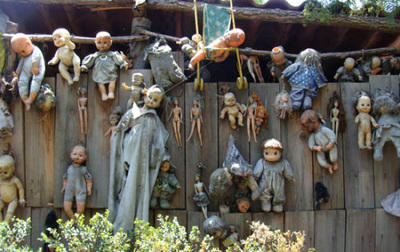

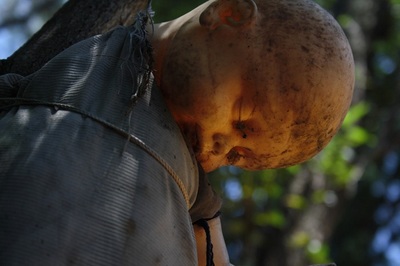

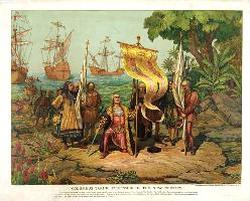

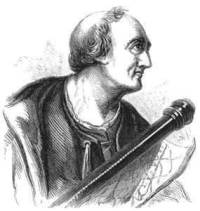
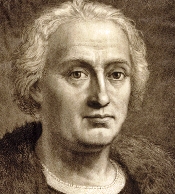
 RSS Feed
RSS Feed